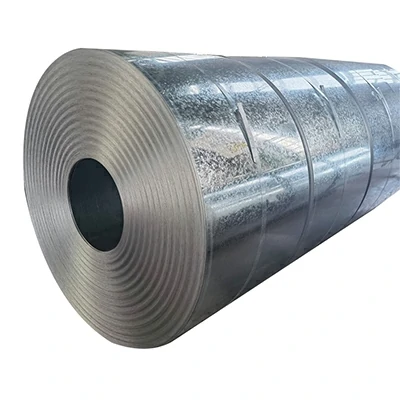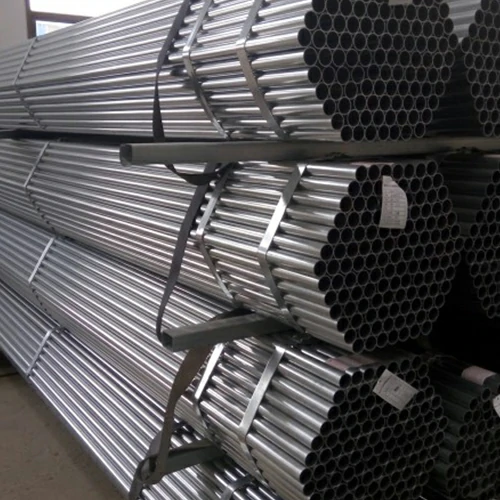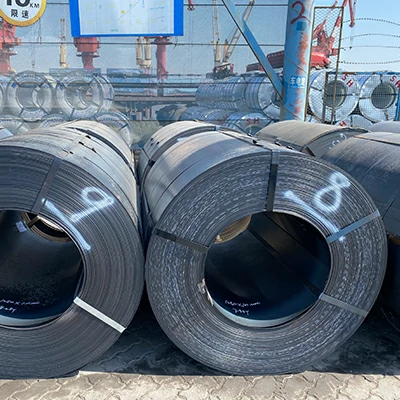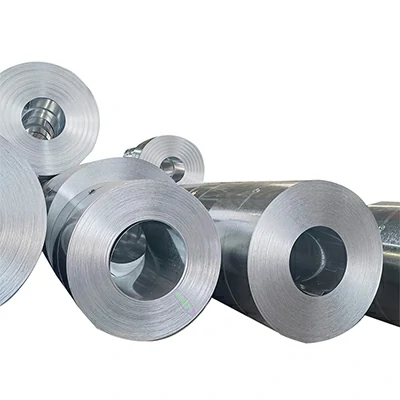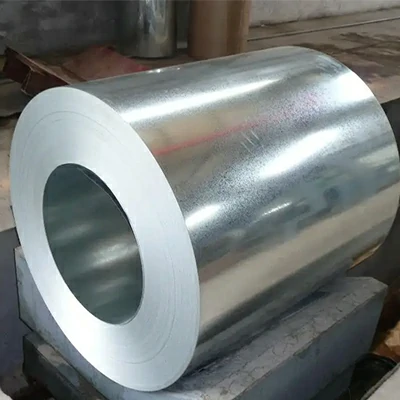Black carbon steel seamless pipes, particularly Schedule 40 and Schedule 80, are widely used in various industrial and construction applications. Understanding the differences between these schedules is crucial for selecting the right pipe that meets the specific requirements of the project. By considering factors such as pressure ratings, applications, and cost, engineers, contractors, and DIY enthusiasts can make informed decisions, ensuring the reliability and longevity of their piping systems.
1. Seamless Black Carbon Steel Pipes: An Overview
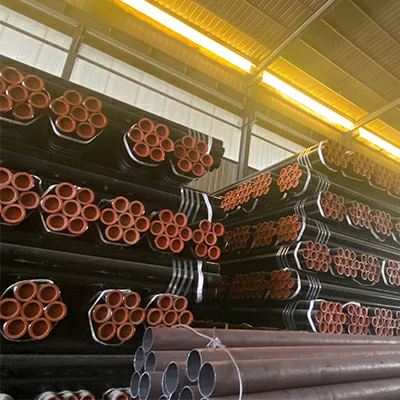
Seamless black carbon steel pipes are manufactured from a single piece of steel without any welded seams. This seamless construction by China Seamless steel pipe suppliers, provides superior strength and reliability compared to welded pipes, making them ideal for high-pressure and critical applications. The black color of these pipes from steel pipe manufacturers is a result of the mill scale formed during the manufacturing process, which provides temporary protection against corrosion.
2. Schedule 40 vs. Schedule 80: Understanding the Differences
Schedule 40 and Schedule 80 are two common pipe schedules that define the thickness and weight of seamless black carbon steel pipes. These schedules are standardized by the American National Standards Institute (ANSI) and are widely used in various industries.
- Schedule 40: Schedule 40 pipes are the most commonly used type of seamless black carbon steel pipes. They are relatively lightweight and have a standard wall thickness that is suitable for general-purpose applications. Schedule 40 pipes are commonly used for water supply lines, heating systems, compressed air lines, and low-pressure gas lines.
- Schedule 80: Schedule 80 pipes from China steel pipe suppliers, have a thicker wall compared to Schedule 40 pipes. This increased wall thickness provides higher pressure ratings and enhanced durability. Schedule 80 pipes are typically used in high-pressure applications, such as hydraulic systems, steam lines, fire sprinkler systems, and industrial process piping.
3. Comparison of Properties and Applications
The following table summarizes the key differences between Schedule 40 and Schedule 80 black carbon steel seamless pipes:
| Property | Schedule 40 | Schedule 80 |
|---|---|---|
| Wall Thickness | Standard | Heavy |
| Pressure Rating | Lower | Higher |
| Applications | General-purpose, low-pressure | High-pressure, critical applications |
4. Factors to Consider When Choosing Between Schedule 40 and Schedule 80 Pipes
When selecting between Schedule 40 and Schedule 80 black carbon steel seamless pipes, consider the following factors:
- Pressure Requirements: Determine the maximum pressure that the pipe will be subjected to. Schedule 80 pipes are recommended for high-pressure applications.
- Application: Consider the specific application where the pipe will be used. Schedule 40 pipes are suitable for general-purpose applications, while Schedule 80 pipes are preferred for critical applications where higher pressure ratings and durability are required.
- Cost: Schedule 80 pipes are generally more expensive than Schedule 40 pipes due to their thicker wall. Evaluate the cost difference and choose the pipe that best fits your budget and project requirements.

